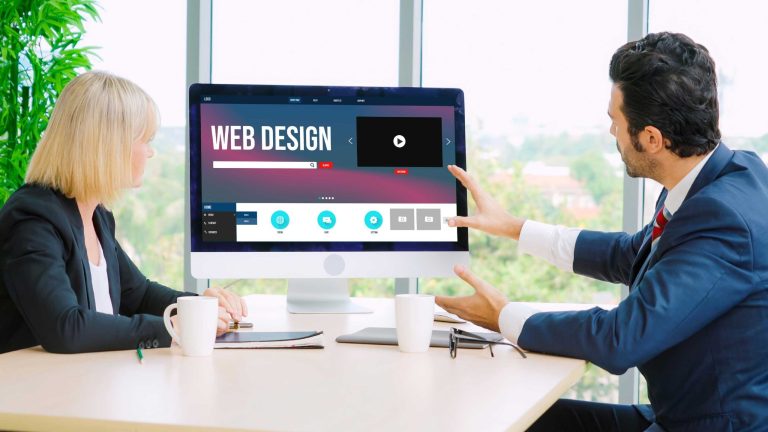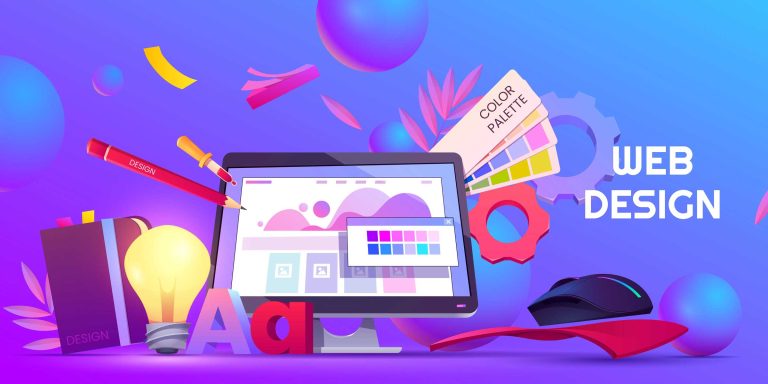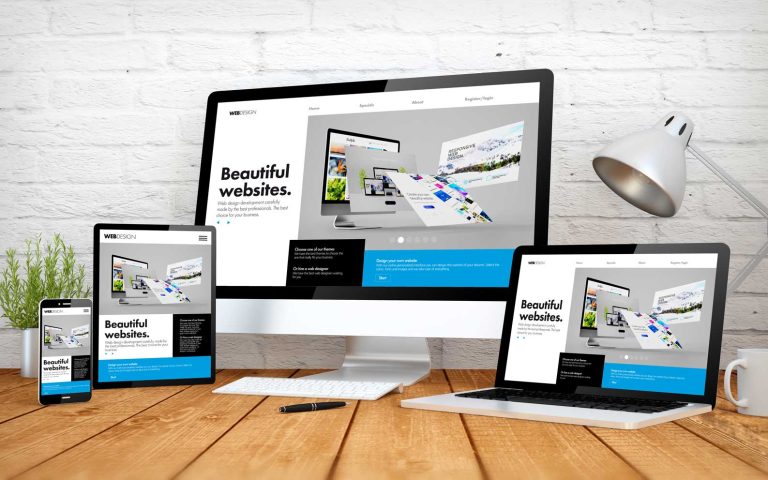The success of any website depends heavily on two factors: high-speed website performance and effective design. It is no surprise that a combination of both can have a dramatic effect on conversions and overall user experience. In this blog post, we will explore the benefits of optimizing high-speed website performance and design for maximum conversions. We will look at the importance of page speed, how design elements can boost user engagement, and how to optimize both to achieve maximum conversions. By the end, you will understand how to use high-speed website performance and design to maximize conversions and take your website to the next level.
Why website performance and design matter for conversions
Boosting Your Website Performance and Design is crucial for driving conversions. When users visit a website, they expect fast loading times and a visually appealing design. Slow loading speeds can lead to frustration and a high bounce rate, meaning potential customers are leaving without taking any action. Additionally, an unattractive or confusing design can deter users from engaging with your content and ultimately lead to missed conversion opportunities. By prioritizing high-speed website performance and effective design, you can create a seamless user experience that maximizes conversions and boosts the success of your website.
How website speed impacts user experience and behavior How website speed impacts user experience and behavior
Boosting Your Website Performance is crucial for enhancing user experience and influencing behavior. Research has shown that slow-loading websites frustrate users and lead to high bounce rates. On the other hand, a fast-loading website keeps users engaged and encourages them to explore more pages and take action. In fact, studies have shown that even a one-second delay in page load time can result in a significant drop in conversions. By optimizing your website speed, you can create a positive user experience that drives conversions and boosts the overall success of your Website Design.
Tips for improving website speed, including optimizing images and reducing HTTP requests
Boosting Your Website Performance is crucial for optimizing website speed and improving user experience. One way to achieve this is by optimizing images to reduce file size and load times. Compressing images without sacrificing quality can significantly speed up your website. Additionally, reducing the number of HTTP requests by combining CSS and JavaScript files can improve loading speeds. By implementing these tips, you can enhance your website’s speed and provide a smoother browsing experience, leading to increased conversions and overall success.
Best practices for website design to enhance usability and user engagement
Creating an effective website design is key to enhancing usability and engaging users. Start by ensuring a clean and intuitive layout that guides users through your content. Use clear headings, bullet points, and whitespace to make your content easily scannable. Incorporate visually appealing elements such as high-quality images and videos to grab attention. Don’t forget to optimize your design for mobile devices, as more and more users are browsing on their smartphones. By following these best practices, you can enhance usability and create an engaging website design that encourages users to take action and boost conversions.
Case studies of websites that have improved conversions through better performance and design
Let’s take a look at some real-life examples of websites that have significantly improved conversions by focusing on high-speed performance and effective design. Website A, a clothing retailer, implemented website speed optimizations such as caching and content delivery networks. As a result, their page load times decreased by 50%, leading to a 20% increase in conversions. Website B, a travel booking platform, redesigned its website with a user-friendly interface, simplified navigation, and visually appealing imagery. They saw a 30% increase in bookings within just a few weeks. These case studies demonstrate the power of optimizing performance and design in driving conversions and taking your website to new heights. Know more about User Friendly Website Design
Tools and resources for measuring and improving website speed and design
To measure and improve your website’s speed and design, there are several useful tools and resources available. Google PageSpeed Insights can provide valuable insights into your website’s performance and offer recommendations for improvement. GTmetrix is another popular tool that analyzes your website’s speed and provides actionable recommendations. For design, tools like Adobe XD and Sketch can help you create and prototype user-friendly designs. Additionally, resources like design blogs and online communities can provide inspiration and guidance for enhancing your website’s design. By utilizing these tools and resources, you can continually measure and improve your website’s speed and design to optimize conversions.
Conclusion
In today’s competitive digital landscape, high-speed website performance and effective design are vital for maximizing conversions and achieving success. By prioritizing these two factors, you can create a seamless user experience that keeps visitors engaged and encourages them to take action. Slow-loading websites and unappealing designs can lead to frustration, high bounce rates, and missed conversion opportunities. On the other hand, fast-loading websites and visually appealing designs keep users engaged, encourage exploration, and ultimately drive conversions.






